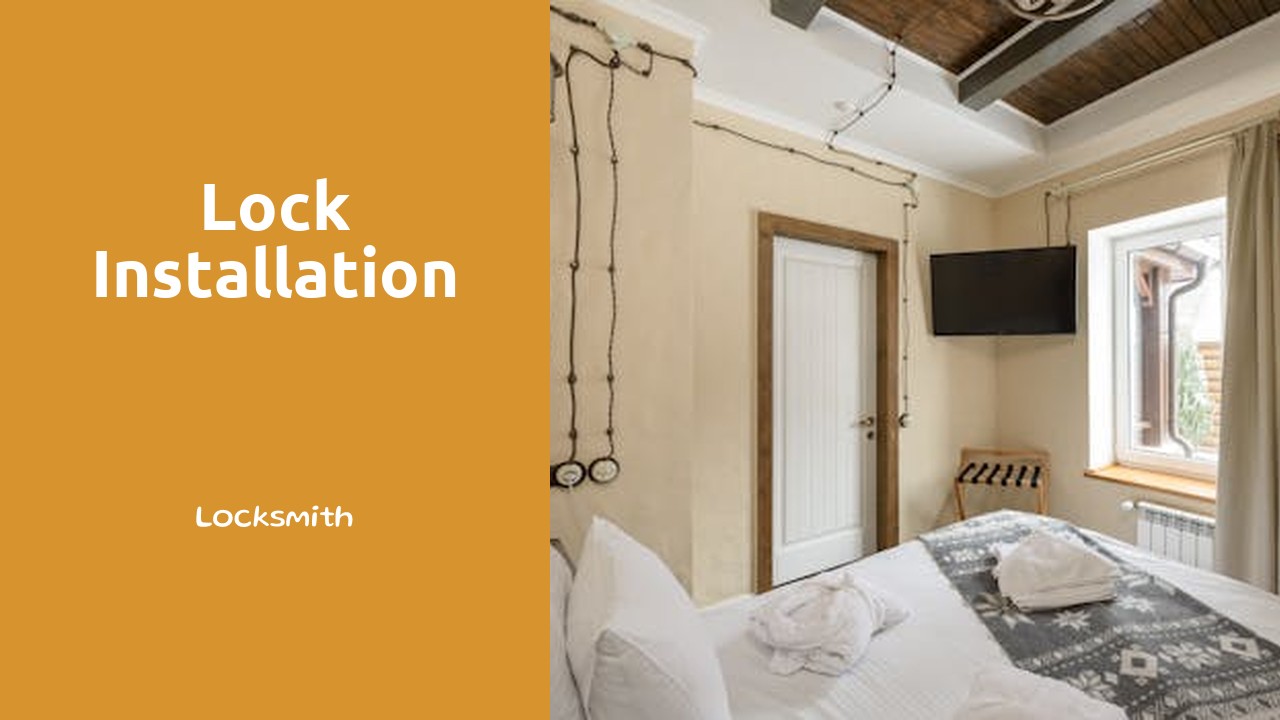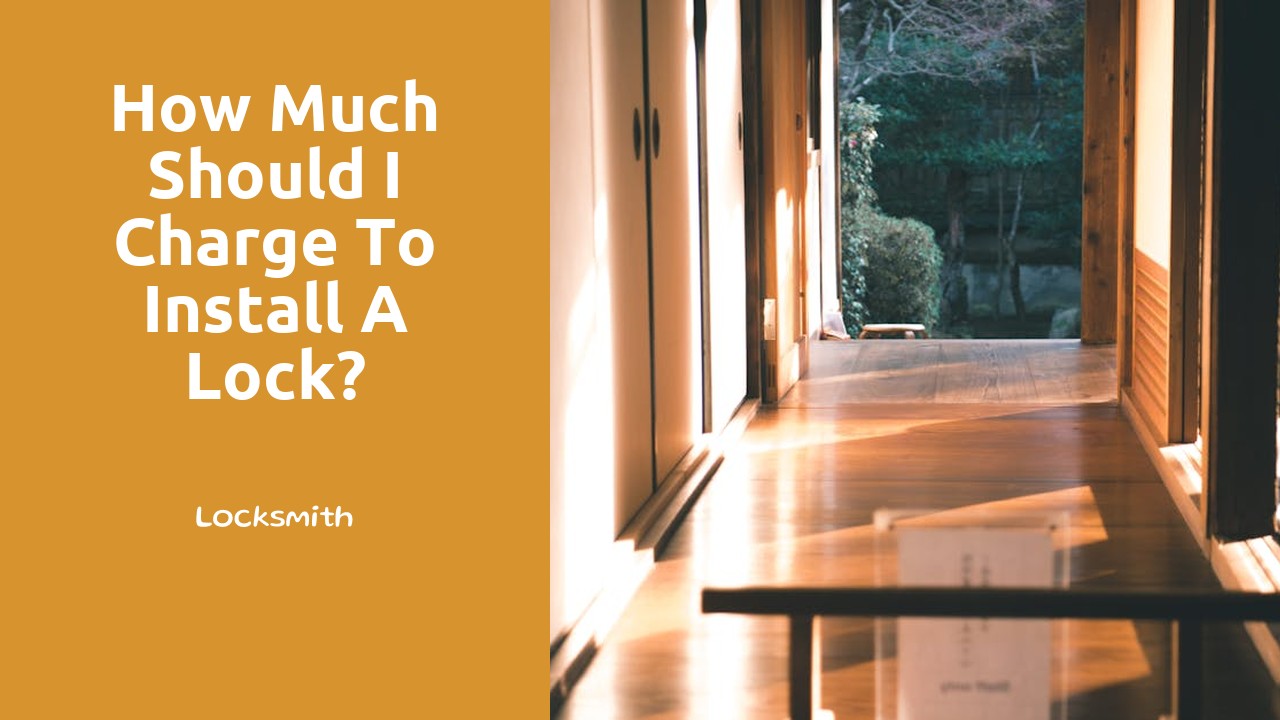
Table Of Contents
Common Mistakes to Avoid
When undertaking Lock Installation in Thunder Bay, it’s crucial to be aware of common mistakes that can compromise the security and functionality of your locks. One prevalent error is neglecting to accurately measure and align the lock components, leading to misalignment and difficulty in using the lock. It is vital to take the time to ensure precise measurements and alignments to prevent issues down the line.
Another mistake to avoid during lock installation is overlooking the importance of using the correct tools. Using improper tools can result in damage to the lock or the door, rendering the installation ineffective. Invest in quality tools designed for lock installation to ensure a smooth and successful process.
Pitfalls to Watch Out for During Lock Installation
When it comes to lock installation in Brampton, there are a few pitfalls that you should watch out for to ensure the process goes smoothly. One common mistake is not properly aligning the lock components, which can lead to difficulties in locking and unlocking the door. Ensure that all parts are correctly lined up before tightening any screws to avoid misalignments that could cause functionality issues down the line.
Another pitfall to be mindful of during lock installation is not using the right tools for the job. Using improper tools can damage the lock mechanism or the door, leading to costly repairs. Make sure to have the appropriate tools on hand and follow the manufacturer's guidelines for installation to prevent any mishaps.
Troubleshooting Lock Installation Issues
For individuals attempting DIY lock installation in Thunder Bay, facing issues during the process is not uncommon. When encountering problems, it is essential to troubleshoot effectively to ensure the security and functionality of the lock. One common issue is misalignment, which can prevent the lock from operating smoothly. To rectify this, ensure that the lock and strike plate are properly aligned and adjust them as needed to guarantee they are in sync. Additionally, faulty installation of the latch can lead to difficulties in locking and unlocking the door. It is crucial to double-check the positioning of the latch during installation and make any necessary adjustments to ensure it functions correctly.
Another prevalent problem during lock installation is the sticking of the key in the lock. This can occur due to misalignment of the internal components or debris obstructing the keyway. To troubleshoot this issue, carefully inspect the keyway for any dirt or debris that may be hindering the key's movement. Additionally, lubricating the key and lock mechanism with a graphite-based lubricant can help smoothen the operation of the lock. By addressing these common lock installation issues proactively, individuals in Thunder Bay can enhance the security and functionality of their DIY-installed locks.
How to Resolve Common Problems When Installing Locks
When encountering issues during lock installation in Brampton, it's essential to remain calm and assess the problem systematically. One common challenge individuals face is misalignment, which can prevent the lock from functioning correctly. If you notice the lock mechanism is not lining up with the strike plate, double-check the positioning and make necessary adjustments to ensure proper alignment.
Another frequent problem is difficulty turning the key after installation. This may be due to the pins or tumblers not aligning properly within the lock cylinder. In this case, carefully disassemble the lock and reassemble it, ensuring all components are correctly in place. Lubricating the internal components with graphite or silicone spray can also aid in smoother key turning post-installation.
Maintenance Tips for Longlasting Locks
Maintenance is crucial for ensuring the longevity and effectiveness of the locks installed in your home. Regular maintenance not only enhances the security of your property but also helps in detecting any potential issues early on. For homes with DIY-installed locks, it is even more imperative to conduct routine checks on the lock mechanisms and hardware to prevent any unforeseen lock failures. In Lock Installation in Thunder Bay, taking the time to inspect the locks periodically and lubricating them as needed can go a long way in preserving their functionality over time.
In addition to regular inspections, homeowners should also consider implementing preventive measures to extend the lifespan of their locks. Simple practices such as cleaning the locks with a mild solution and avoiding harsh chemicals can prevent premature wear and tear. Furthermore, ensuring that the locks are properly aligned and securely fastened to the door can minimize the risk of malfunctions. By incorporating these maintenance tips into your routine, you can uphold the security of your property and prolong the durability of the DIY-installed locks.
Best Practices for Maintaining DIY Installed Locks
When it comes to maintaining the locks you have installed yourself, regular checks and upkeep are crucial. Ensuring that the locks are functioning correctly will contribute to the security of your property. In Lock Installation in Thunder Bay, it is recommended to inspect the locks periodically for any signs of wear or damage. This can prevent potential issues before they escalate and lead to security vulnerabilities.
Additionally, lubricating the locks and keyholes with a graphite or silicone-based lubricant can help maintain smooth operation. This simple step can prevent the locks from jamming and extend their lifespan. It is advisable to avoid using oil-based lubricants as they can attract dirt and debris, potentially causing the locks to malfunction. By following these maintenance practices, you can keep your DIY installed locks in optimal condition for the long term.
FAQS
Can I install my own locks?
Yes, you can install your own locks if you have the necessary tools and knowledge.
What are some common mistakes to avoid when installing locks?
Common mistakes to avoid when installing locks include not measuring properly, using incorrect tools, and not following the manufacturer's instructions.
What pitfalls should I watch out for during lock installation?
Pitfalls to watch out for during lock installation include damaging the door or frame, misaligning the lock components, and over-tightening screws.
How can I troubleshoot lock installation issues?
To troubleshoot lock installation issues, ensure all components are aligned properly, check for loose screws, and test the lock multiple times to ensure it functions correctly.
What are some tips for resolving common problems when installing locks?
Some tips for resolving common problems when installing locks include adjusting the strike plate, lubricating the lock mechanism, and consulting with a professional if needed.





